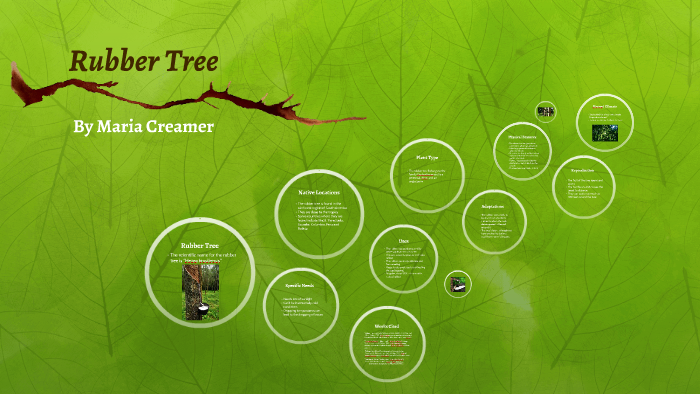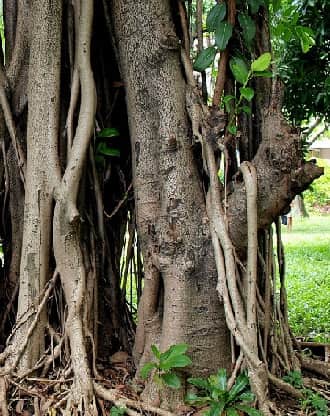The ability of lianas to use other trees as support allows these plants to reach the forest canopy where they can obtain the necessary sunlight needed for their survival.
Rubber tree adaptations for survival.
Rubber tree growing conditions.
Rubber trees ficus elastica are easy to grow and thrive in a variety of conditions in u s.
An adaptation of a rubber tree is that it sheds its bark so as to absorb its nutrients when the bark decomposes in the soil around it.
Cultivated on plantations in the tropics and subtropics especially in southeast asia and western africa it replaced the rubber plant in the early 20th century as the chief source of natural rubber it has soft wood.
In the wild the rubber tree will grow to heights of 100 to 130 feet and can live up to 100 years.
If a rubber tree could talk it would say don t try to take me away.
Rubber tree high throughput snp discovery for the improvement of marker assisted selection efficiency.
Also some leaves have flexible stems so they can turn toward the sun another adaptation is the leaves of the rubber plant that have a drip tip so that heavy rainfall can drip off the leaf quickly so that the leaves don t become moldy.
Rubber tree hevea brasiliensis south american tropical tree of the spurge family euphorbiaceae.
This allows water to run off the leaves quickly without damaging.
These trees love to be in full bright lights but will adapt if necessary to duller lighting.
Capes agropolis fondation 2012 2014 qtl mapping of growth related traits in two full sib family of rubber tree gt1 x rrim701 and gt1 x pb235 evaluated in a sub tropical area.
The rubber tree has beautiful smooth dark shiny leaves and a light shaded bark.
A rubber tree also referred to as rubberwood can be tapped for latex once it reaches approximately six years of age.
And a large area of bark.
In a rainforest it rains all year round but the heaviest rain falls between november and april.
During the day rubber trees prefer temperatures from 21 29 degrees celsius 70 85 degrees fahrenheit and at night they like temperatures from 18 23 degrees celsius 65 75 degrees fahrenheit.
Near the top lianas usually spread onto other trees or intertwine with each other to create a kind of network of vines.
Rubber trees find gaps in the canopy top layer of the rainforest to get closer to the sun.
Drip tips plants have leaves with pointy tips.
Its most famous feature is the milky white sap known as latex which flows freely from the tree when a sliver of bark is removed.










